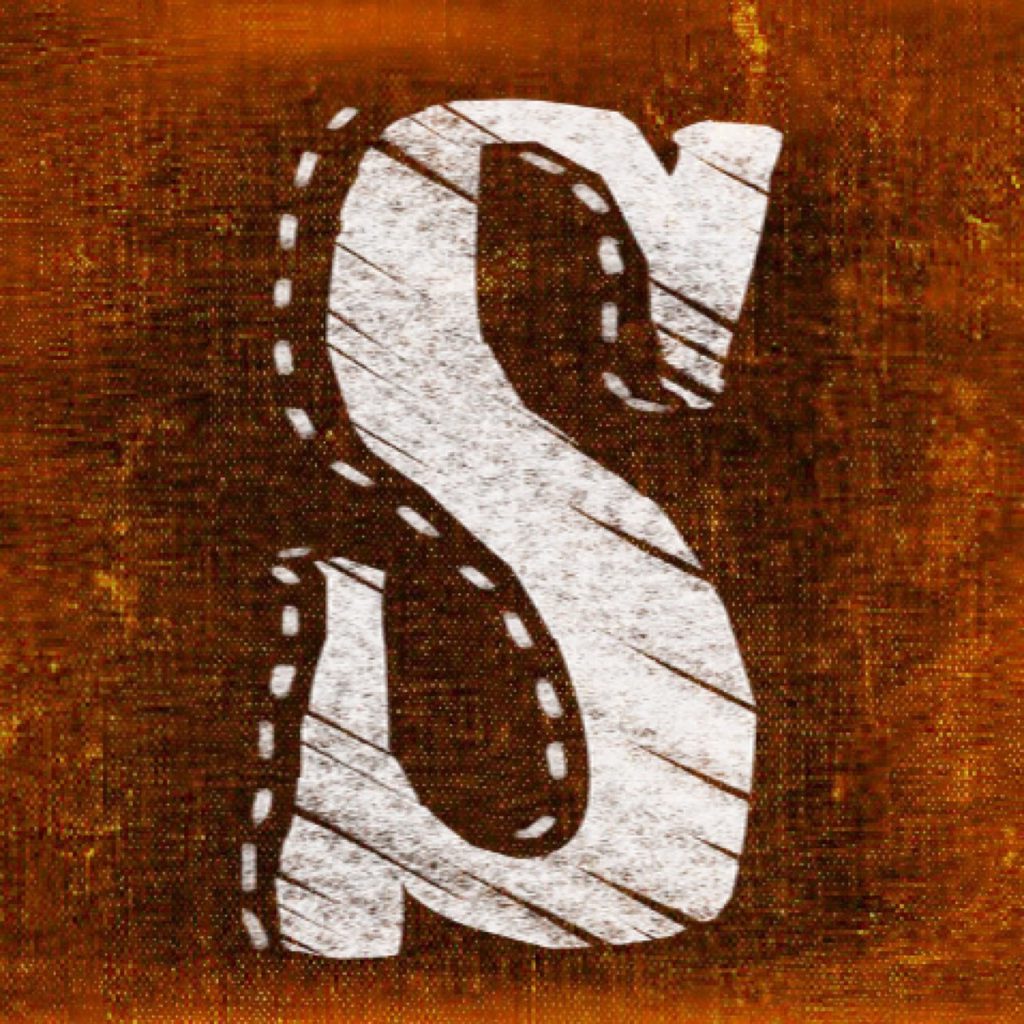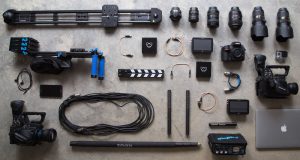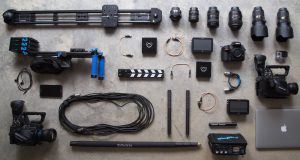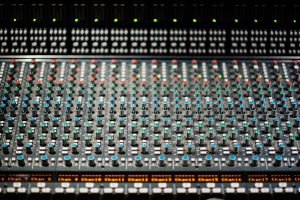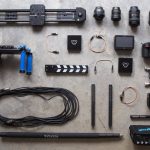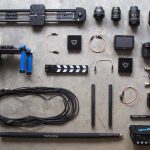We started with the letter S of the DAQ dictionary yesterday, we finish today. Enjoy the newest part of data acquisition dictionary.
Sine Wave
The waveform of a single frequency, indefinitely repeated in time. In practice, there must be a transient at the start and finish of such a wave.
Slew Rate
The maximum rate of change of an output signal.
Slave
A networked device that is controlled by another, master, device.
Software Trigger
A programmed event, such as a specific key press or mouse click, that triggers data capture.
Solenoid
A coil of wire, usually wrapped around an iron core, that acts as a magnet when carrying a current. Used as an electromagnetic switch or relay.
Spike
A short pulse of voltage or current – usually undesirable.
Square Wave
The wave that alternates between two fixed values. Has very rapid (theoretically zero) rise and fall times.
Stability
The ability of an instrument or sensor to maintain a constant output when a constant input is applied.
Static IP Address
An Instrument can have a fixed IP Address which must be allocated to it by a Network Administrator. The allocated address will be appropriate to and unique for the network. Your instrument must have a utility supplied by the manufacturer which will allow the address to be set.
Steady State Error
A measure of the accuracy of performance of a control system. In a stable system, the steady state error is the difference between the desired input and the actual input. When the error is large, the resultant output will not match the desired output.
Strain
When a material is distorted by forces acting on it, it is said to be strained. The strain is the ratio of change in dimension to original dimension.
Strain Gauge
A sensor that experiences a change in resistance when it is stretched or strained. It is attached to the body subjected to the strain.
Successive Approximation
A technique used in A-D converters to measure an analog signal. It compares the signal with progressively smaller values, each step getting nearer the actual voltage. Large TCP-IP networks are physically divided into subnets. Two devices that are on the same subnet can send messages directly to each other without the messages being seen by the rest of the network. This reduces traffic on the wider network. The subnet is defined by the Subnet Mask. You can view this via the Control Panel and the TCP/IP properties of your computer. This is a dotted-decimal arrangement. For two units to be on the same subnet the parts of their IP Addresses which are covered by a 1 in the Mask must be the same. So if the Mask is 255.255.255.0 then the first 3 elements of both IP Addresses must be the same to be on the same subnet.If a unit whose IP Address puts it onto one subnet is physically plugged into another subnet then you will not be able to talk to it since your messages will be sent to the wrong subnet.
Surge
A large, momentary, increase of the voltage on a power line.
System
The combination of several pieces of equipment to perform in a particular manner.
